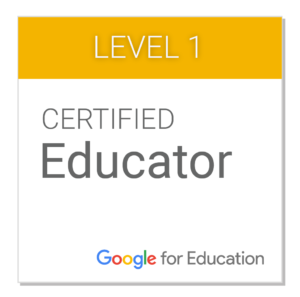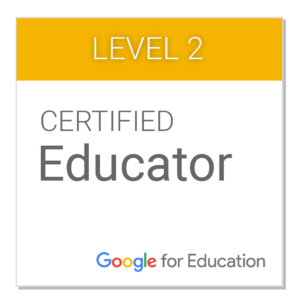Digital Citizenship is a critical element in any 21st-century classroom, especially one that integrates technology ubiquitously. When I was a classroom teacher in a one-to-one classroom my integration of digital citizenship was embedded into the curriculum with informal lessons as needed based on the work that we were doing in class. I followed this informal path mostly because my training in digital citizenship education was not formal and I learned what I needed to pass onto the students organically.
In my work now as a technology integration specialist, I still integrate digital citizenship in an organic way. Mostly I work with classroom teachers developing projects that they will implement into their lessons. During our work together I infuse digital citizenship lessons, ideas, and suggestions.
If a school is a one-to-one device school, then digital citizenship should be part of the school-wide culture. The devices are part of the school-wide culture, so thus the education of how to be an effective digital citizen also needs to be included. This includes how students and adults should behave online, as well as rules and consequences for when the expectations are not followed. If a school is not a one-to-one device school than the teachers who work with the students and the devices should be the ones responsible for the digital citizenship education.
The best education source for digital citizenship is the curriculum from Common Sense Education. They have a curriculum that is developed for each grade span, is constantly being updated, and is age-appropriate content for being safe in our digital world. This curriculum is great for educators to go through to educate themselves as well.



